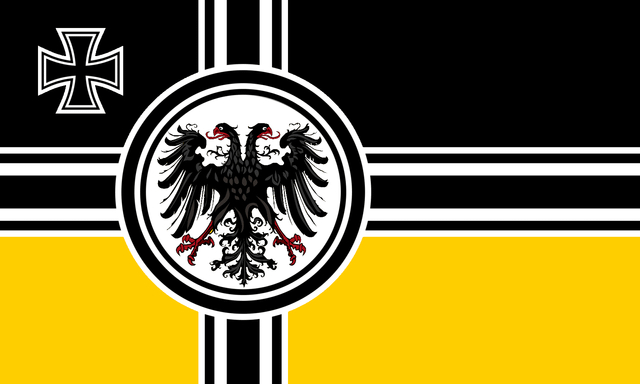The Duchy of Greifenmark was established in 1521 along the southern Baltic coast, encompassing territories now known as northeastern Germany and parts of modern Poland. Founded by a splinter house of the Teutonic Knights, the Greifen dynasty built a maritime power centered around the port of Sturmhafen, rivaling Lübeck and Danzig in Baltic trade.
Though Greifenmark never claimed imperial status, its wealth from amber, timber, and shipbuilding gave it outsized influence in the Hanseatic League and later within the fragmented Holy Roman Empire. However, its refusal to align with either Prussia or Austria during the 18th century left it increasingly isolated.
By the early 19th century, Greifenmark was battered by Napoleonic invasions and internal republican uprisings. The final blow came in 1846, when a famine and a seaborne cholera outbreak sparked massive unrest. The ruling Duke Alarich III abdicated, and the duchy fractured into city-states and rural communes.
Prussia, ever watchful, seized the moment. Under the pretext of “protecting German lives and securing the Baltic,” it occupied Sturmhafen in 1848. Within a year, the entire coast was annexed. Rather than resist, many Greifen nobles pledged loyalty to Berlin, while others fled to Austria.













